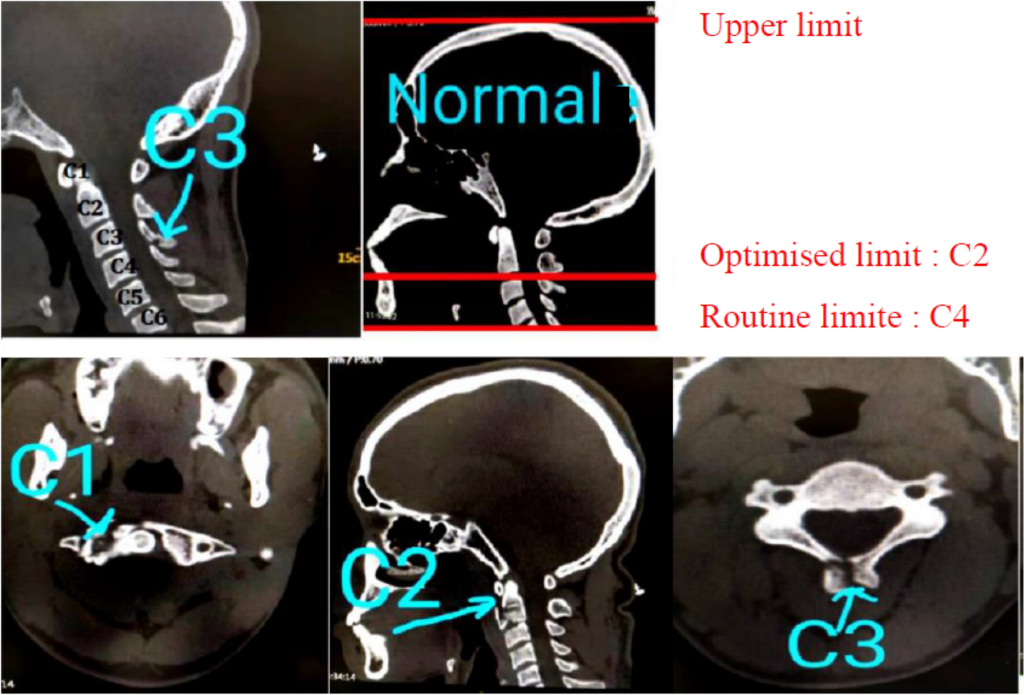A CT KUB scan, also known as a computed tomography kidney, ureter, and bladder scan, is a medical diagnostic imaging test that helps physicians to evaluate the urinary system’s organs. The scan uses specialized X-ray equipment to produce multiple cross-sectional images of the urinary system, which are then combined to create a detailed 3D image.
The cost of CT KUB scans can vary widely, depending on several factors such as the geographic location, healthcare provider, type of CT scanner used, and the patient’s insurance coverage. In this article, we will explore the different factors that influence the cost of CT KUB scans and how patients can manage the costs.
Table of Contents
Factors Influencing CT KUB Scan Price
- Geographic Location
One of the most significant factors that affect the price of CT KUB scans is the geographic location. Prices can vary significantly from one state to another or even within the same city. This is because the cost of living and healthcare varies widely depending on the region. For example, a CT KUB scan in New York City may be more expensive than the same test performed in a rural area of the Midwest.
- Healthcare Provider
The healthcare provider also plays a significant role in determining the price of a CT KUB scan. The cost of the scan may vary depending on the hospital or imaging center’s reputation, quality of equipment, and staff expertise. Larger, more advanced medical centers may charge more for CT KUB scans due to their higher overhead costs, while smaller clinics may offer more affordable rates.
- Type of CT Scanner
There are two types of CT scanners: 64-slice and 128-slice. 128-slice scanners are newer and faster, producing higher quality images, but they are also more expensive. As a result, the cost of a CT KUB scan may vary depending on the type of scanner used.
- Insurance Coverage
Insurance coverage plays a significant role in the cost of CT KUB scans for patients. Most insurance plans cover the cost of the scan, but the amount covered and out-of-pocket expenses may vary depending on the plan’s terms and deductibles. Patients with high-deductible plans may end up paying more for the scan than those with low-deductible plans.
Managing CT KUB Scan Costs
- Shop Around for the Best Price
Patients can save money on CT KUB scans by shopping around and comparing prices from different healthcare providers. Many hospitals and imaging centers offer online price lists or can provide an estimate of the total cost over the phone. Patients should also check with their insurance provider to determine which healthcare providers are covered under their plan.
- Consider Out-of-Network Providers
In some cases, patients may find that out-of-network healthcare providers offer more affordable CT KUB scan rates than in-network providers. Patients should always check with their insurance provider to determine the cost difference and any additional out-of-pocket expenses they may incur.
- Ask About Payment Plans
Patients who cannot afford to pay for CT KUB scans upfront may be eligible for payment plans through their healthcare provider. These plans typically allow patients to pay for the scan in installments over time, making the cost more manageable.
- Consider Clinical Trials
Patients who are eligible for clinical trials may be able to receive a CT KUB scan at a reduced cost or for free. Clinical trials are research studies that evaluate new treatments, diagnostic tools, or medical procedures. Patients who participate in clinical trials may receive the latest medical care at a reduced cost.
The Importance of CT KUB Scans in Medical Diagnostics

CT KUB scans are an essential diagnostic tool for evaluating and diagnosing various urinary system disorders, such as kidney stones, urinary tract infections, and tumors. The scan produces highly detailed images of the urinary system, allowing physicians to identify abnormalities that may not be visible with other imaging tests.
One of the most common uses of CT KUB scans is for the diagnosis and treatment of kidney stones. Kidney stones are small, hard mineral deposits that can form in the kidneys and cause severe pain when they pass through the urinary tract. CT KUB scans can identify the size, shape, and location of kidney stones, allowing physicians to determine the best course of treatment, such as shockwave lithotripsy or surgery.
CT KUB scans are also used to diagnose urinary tract infections (UTIs), which are caused by bacteria that enter the urinary tract and cause inflammation. UTIs can cause painful and frequent urination, fever, and chills. CT KUB scans can help identify the location and extent of the infection, allowing physicians to prescribe the most effective antibiotics.
Another use of CT KUB scans is to detect urinary tract tumors, which can be benign or cancerous. The scan can identify the size, shape, and location of the tumor, allowing physicians to determine the best course of treatment, such as surgery or chemotherapy.
CT KUB scans are non-invasive and usually take only a few minutes to perform. Patients are required to lie still on a table while the scanner rotates around them, producing multiple cross-sectional images. The scan is painless and does not require any special preparation, although patients may be asked to avoid eating or drinking for a few hours before the test.
In conclusion, CT KUB scans are a vital tool in diagnosing and treating various urinary system disorders. The cost of the scan can vary depending on several factors, but patients can manage the cost by shopping around for the best price, considering out-of-network providers, asking about payment plans, and participating in clinical trials. Patients should also talk to their healthcare provider about the benefits and risks of CT KUB scans and whether they are a suitable diagnostic tool for their condition.




















































